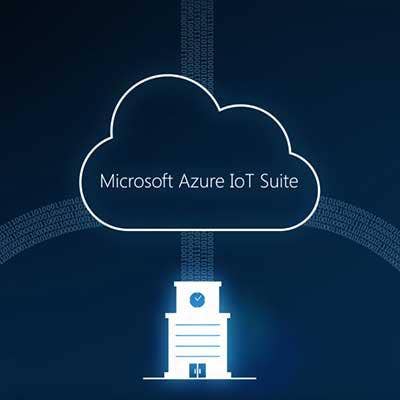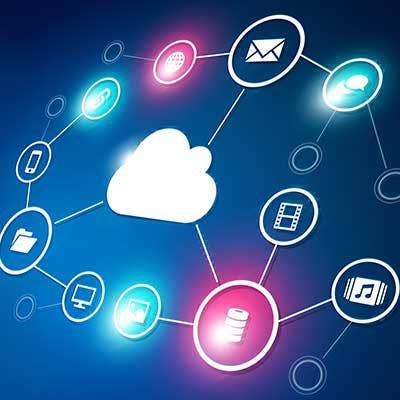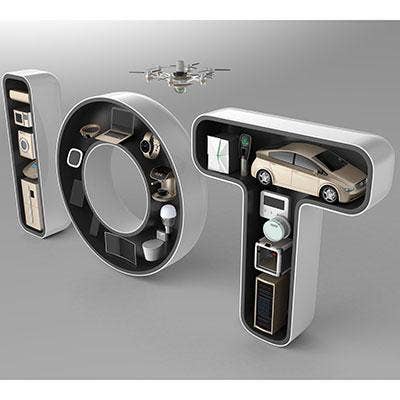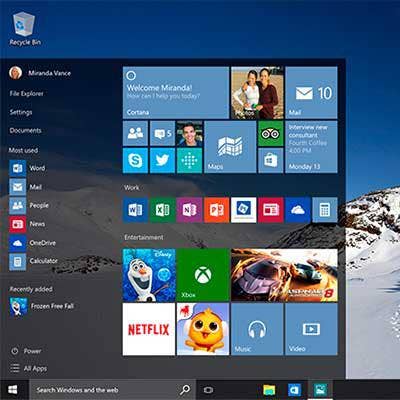6 Ways Microsoft Just Raised The Bar In Its Azure IoT Suite

Enhancing IoT's Value
As vendors across the board unveil new programs and platforms for the Internet of Things at IoT Solutions World Congress in Barcelona this week, Microsoft is bringing its own new set of connected capabilities to the table.
The Redmond, Wash.-based company Wednesday lifted the curtain on new capabilities across the board for partners and customers, including a new Azure IoT Certified Device Catalog and the Microsoft Security Program for Azure.
Microsoft tackles the IoT market through its Azure IoT Suite, which is a set of cloud services aimed at helping customers monitor assets to improve efficiencies, drive operational performance and use advanced data analytics.
Here are six new capabilities that Microsoft has unveiled across its platform that will help partners better capture the IoT market.

Azure IoT Certified Device Catalog
Microsoft launched an Azure IoT Certified Device Catalog, which helps partners work with customers in deploying IoT solutions to choose the best devices.
This catalog extends the Microsoft Azure Certified IoT program, which certifies that devices are tested and verified to work with Azure IoT. The program tells customers how devices connect to the internet, which sensors they work with, and the industry protocols they are capable of processing.
The program has certified 175 devices from 100 partners – ranging from prototypes to commercial.
"This is helpful for customers who want to find specific devices to meet all their needs," Sam George, director of IoT at Microsoft, told CRN. "The catalog also provides searching capabilities."

IoT Commercial Gateway Kit
Microsoft also introduced an Internet of Things Commercial Gateway Kit, which is a new offering in the family of Azure IoT starter kits.
This kit brings together Intel IoT gateway technology with Microsoft's Azure IoT to enable rapid prototyping in commercial gateway scenarios. With the kit, customers have access to new capabilities, such as connecting new and legacy devices, performing edge analytics, translating protocols and filtering data on the gateway before ingesting the data into the cloud.

Azure IoT Hub Gateway SDK Updates
Microsoft also revealed that it is providing several updates to its IoT Hub Gateway software development kit. The Azure IoT Hub Gateway SDK enables developers to easily build and deploy gateway intelligence tailored to specific company needs.
"Microsoft is continuing its commitment to hybrid cloud and edge IoT solutions with the enhancement of our Azure IoT Gateway SDK and close work with the OpenFog Consortium," said the company in a release.
According to George, the IoT Hub Gateway SDK is an open-source project and updates will be available in November.

Azure IoT Hub Device Management Enhancements
Microsoft also unveiled enhancements to its Azure IoT Hub Device management feature. This capability enables administrators to organize, query and configure millions of IoT devices.
One new feature on the IoT hub service will be message routing, which enables administrators to automatically route messages on the hub to different parts of an IoT solution, instead of having to do it manually. The feature enhancements will be available in November, according to Microsoft.

Security Program For Azure
Microsoft also rolled out the Security Program for Azure IoT, which it touts as another layer of security over its platform.
The program, which works from the ground up to examine business devices and assets to gateways, as well as communication to the cloud, includes third-party auditors who can come on-site to perform security audits for customers, said George.
"The whole goal here is to provide an additional layer of security for customers who use our enterprise-grade security, but are also building solutions on top of that and want to make sure they are secure," George said.

Windows 10 IoT Core Updates
Microsoft unveiled an array of new capabilities in its Windows 10 IoT Core, which is the company's operating system for small-footprint, low-cost devices that bring enterprise-grade security and management from Windows to IoT devices.
For instance, Microsoft added Support for Windows Update capabilities, enabling customers to keep their devices up to date with the latest features and security updates using Microsoft tools and technologies. Customers also now can use the Windows Store to update applications, and can manage IoT devices like other computing assets, using key management solutions to reduce the cost and complexity of infrastructure management.

The Value Of Channel Partners
Microsoft's George stressed the value of the company's ecosystem and channel partners in deploying Internet of Things solutions. Microsoft currently has more than 300 partners trained in its Azure IoT suite and involved in its Internet of Things program, and that number is "quickly growing."
"Microsoft is a partnership company – and partnering is needed in IoT," he said. "The level of vertical specialization that these customers need means there's a lot of white space for partners to come provide that."

Future Plans
Moving forward, Microsoft said it is "committed to investing in technologies that simplify the life-cycle management of IoT and streamline the process of harnessing data for analysis from devices, at the edge, and in the cloud."
According to Microsoft, in the months ahead the company will continue to enhance the integration of the Azure IoT Hub Gateway SDK and Azure IoT Hub Device management into its Windows 10 IoT products "to provide a more seamless experience" for its IoT customers.